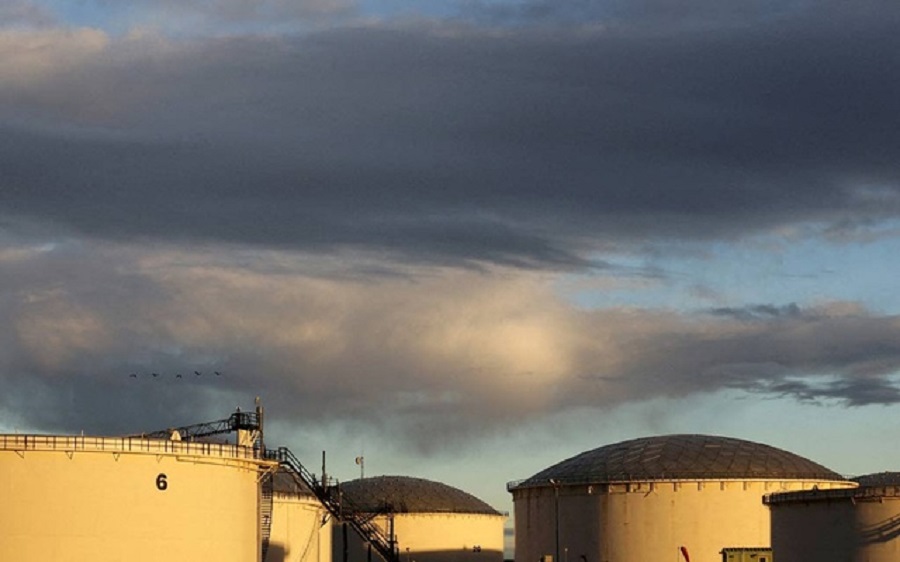
Crude oil storage tanks are seen at the Kinder Morgan terminal in Sherwood Park, near Edmonton, Alberta, Canada November 14, 2016.
Brent crude futures were up 11 cents, or 0.1%, at $107.13 a barrel at 0102 GMT, adding to a 2.3% gain on Friday.
US WTI crude futures however slipped 15 cents, or 0.1%, to $104.64 a barrel, paring a 2% gain from Friday.
Trading was thinned by a public holiday in parts of Southeast Asia.
Both contracts posted weekly declines last week as the market was dominated by worries that rising interest rates to curb inflation would spark a recession and dent oil demand.
"Net long positions in WTI crude futures at now at their lowest level since March 2020, when demand collapsed amid the initial outbreak of COVID-19. This is despite ongoing signs of tightness," ANZ Research analysts said in a note.
Both benchmark contracts traded lower in early trade on Monday then turned positive before trading in different directions.
The latest data on COVID-19 cases in China showed numbers had fallen from the previous day, but concerns remain about the potential for wider lockdowns after a new omicron subvariant was discovered in Shanghai.
On the supply side, the market remains nervous about plans by Western nations to cap Russian oil prices, with President Vladimir Putin warning further sanctions could lead to "catastrophic" consequences in the global energy market.
Questions also remain about how long crude from Kazakhstan via the Caspian Pipeline Consortium (CPC) will flow for. Supply has continued so far on the pipeline, which carries about 1% of global oil, even after it was ordered by a Russian court last week to suspend operations.
CPC Blend crude oil exports are set to rise to 5.45 million tonnes for August from 4.86 million tonnes in July, a loading schedule showed.













